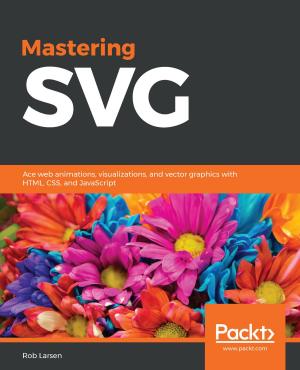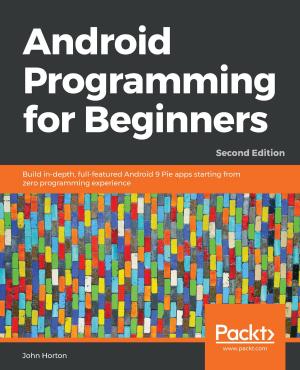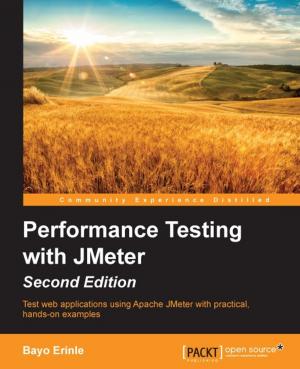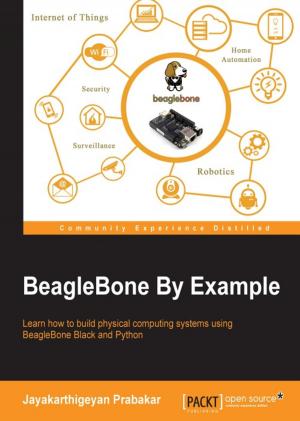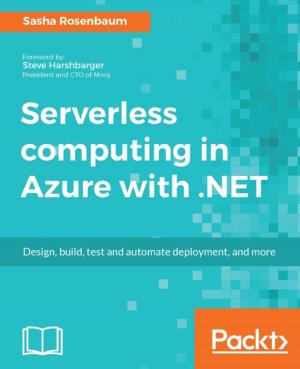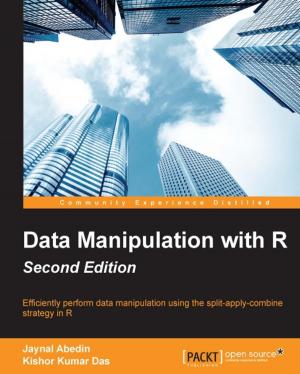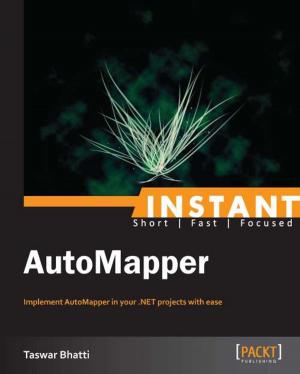Learning IPython for Interactive Computing and Data Visualization - Second Edition
Nonfiction, Computers, Programming, Programming Languages| Author: | Cyrille Rossant | ISBN: | 9781783986996 |
| Publisher: | Packt Publishing | Publication: | October 21, 2015 |
| Imprint: | Packt Publishing | Language: | English |
| Author: | Cyrille Rossant |
| ISBN: | 9781783986996 |
| Publisher: | Packt Publishing |
| Publication: | October 21, 2015 |
| Imprint: | Packt Publishing |
| Language: | English |
Get started with Python for data analysis and numerical computing in the Jupyter notebook
About This Book
- Learn the basics of Python in the Jupyter Notebook
- Analyze and visualize data with pandas, NumPy, matplotlib, and seaborn
- Perform highly-efficient numerical computations with Numba, Cython, and ipyparallel
Who This Book Is For
This book targets students, teachers, researchers, engineers, analysts, journalists, hobbyists, and all data enthusiasts who are interested in analyzing and visualizing real-world datasets. If you are new to programming and data analysis, this book is exactly for you. If you're already familiar with another language or analysis software, you will also appreciate this introduction to the Python data analysis platform. Finally, there are more technical topics for advanced readers. No prior experience is required; this book contains everything you need to know.
What You Will Learn
- Install Anaconda and code in Python in the Jupyter Notebook
- Load and explore datasets interactively
- Perform complex data manipulations effectively with pandas
- Create engaging data visualizations with matplotlib and seaborn
- Simulate mathematical models with NumPy
- Visualize and process images interactively in the Jupyter Notebook with scikit-image
- Accelerate your code with Numba, Cython, and IPython.parallel
- Extend the Notebook interface with HTML, JavaScript, and D3
In Detail
Python is a user-friendly and powerful programming language. IPython offers a convenient interface to the language and its analysis libraries, while the Jupyter Notebook is a rich environment well-adapted to data science and visualization. Together, these open source tools are widely used by beginners and experts around the world, and in a huge variety of fields and endeavors.
This book is a beginner-friendly guide to the Python data analysis platform. After an introduction to the Python language, IPython, and the Jupyter Notebook, you will learn how to analyze and visualize data on real-world examples, how to create graphical user interfaces for image processing in the Notebook, and how to perform fast numerical computations for scientific simulations with NumPy, Numba, Cython, and ipyparallel. By the end of this book, you will be able to perform in-depth analyses of all sorts of data.
Style and approach
This is a hands-on beginner-friendly guide to analyze and visualize data on real-world examples with Python and the Jupyter Notebook.
Get started with Python for data analysis and numerical computing in the Jupyter notebook
About This Book
- Learn the basics of Python in the Jupyter Notebook
- Analyze and visualize data with pandas, NumPy, matplotlib, and seaborn
- Perform highly-efficient numerical computations with Numba, Cython, and ipyparallel
Who This Book Is For
This book targets students, teachers, researchers, engineers, analysts, journalists, hobbyists, and all data enthusiasts who are interested in analyzing and visualizing real-world datasets. If you are new to programming and data analysis, this book is exactly for you. If you're already familiar with another language or analysis software, you will also appreciate this introduction to the Python data analysis platform. Finally, there are more technical topics for advanced readers. No prior experience is required; this book contains everything you need to know.
What You Will Learn
- Install Anaconda and code in Python in the Jupyter Notebook
- Load and explore datasets interactively
- Perform complex data manipulations effectively with pandas
- Create engaging data visualizations with matplotlib and seaborn
- Simulate mathematical models with NumPy
- Visualize and process images interactively in the Jupyter Notebook with scikit-image
- Accelerate your code with Numba, Cython, and IPython.parallel
- Extend the Notebook interface with HTML, JavaScript, and D3
In Detail
Python is a user-friendly and powerful programming language. IPython offers a convenient interface to the language and its analysis libraries, while the Jupyter Notebook is a rich environment well-adapted to data science and visualization. Together, these open source tools are widely used by beginners and experts around the world, and in a huge variety of fields and endeavors.
This book is a beginner-friendly guide to the Python data analysis platform. After an introduction to the Python language, IPython, and the Jupyter Notebook, you will learn how to analyze and visualize data on real-world examples, how to create graphical user interfaces for image processing in the Notebook, and how to perform fast numerical computations for scientific simulations with NumPy, Numba, Cython, and ipyparallel. By the end of this book, you will be able to perform in-depth analyses of all sorts of data.
Style and approach
This is a hands-on beginner-friendly guide to analyze and visualize data on real-world examples with Python and the Jupyter Notebook.

